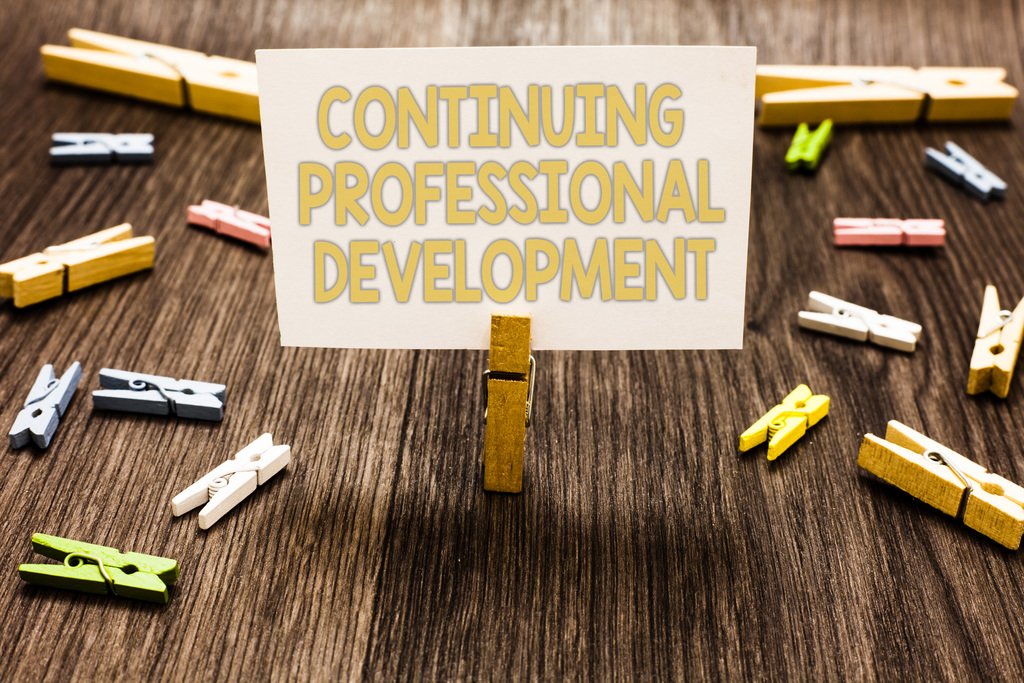
 |
Mark Sennett
Managing Editor |
 |
Kelly Rose
Editor |
| Home> | Industry Update | >Recognition & Reward | >Practitioner viewpoint - December 2018 |
Practitioner viewpoint - December 2018
30 November 2018
Continuing Professional Development (CPD) is all important in the health and safety arena, where there is a wealth of new technologies and research to help build on your skills. Louise Ward gives her advice on how to make the most of what is out there.

I think that one of the best things about working in health and safety is that I never stop learning. Everyday there is a new insight, research report, technical development, product, device or best practice example to review, digest and potentially apply to help promote the continual improvement cycle in my business.
Continuing Professional Development (CPD) is vital in a field like ours, where legal and best practice frameworks, and research are developing all the time. But it can be about so much more than attending conferences, seminars or face to face courses. Technology is opening up all sorts of learning opportunities that can be taken up online and on-the-go. Blogs, vlogs, digital learning, newsletters, apps, videos and so much more. The challenge is in deciding which channels work best for you and then building these into your daily routine.
As newly qualified professionals we are supported in developing a rounded plan for our initial professional development, but how many of us actually maintain these as we become more experienced and established in our careers?
Self-directed learning can be an important component of continuing professional development (CPD) and helps practitioners to build a breadth of knowledge and competence. But, there is a huge amount going on, and we all have very busy lives, so it can be challenging to find the time and the best resources to stay up to date with developments.
Another dimension
Magazines and journals such as Health and Safety Matters, offer another dimension, adding features about key issues, detailed case studies, interviews with industry experts and product features to support the newsfeeds. These add context for the technical updates and help to drive thinking toward application and implementation of up to the minute tools and techniques for risk management.
Many of these are available in electronic format, so you can have them at your fingertips on your tablet or smartphone if paper isn’t your thing. Again, there are lots to choose from so it’s important to be selective or you’ll end up with a reading pile that seems insurmountable, and make sure your build some reading time into your routine. If not, then there’s a good chance that you’ll never get around to doing it!
However, ‘soft’ or ‘non-technical’ skills are also key to effectiveness for health and safety practitioners, as are business skills and industry knowledge. As we become more experienced, it’s easy to forget that we need to continue to build and develop these skills too, however in more senior positions, these are often become almost more important that technical knowledge. Open-mindedness, self-awareness and objectivity are required here. Non-technical skills feel quite personal, and it’s easy to think that we’re better than we actually are! There are plenty of tools and models available to assist, many available online, and it may also be helpful to work with a mentor or coach to appraise your current levels of expertise and areas for future development.
Tools such as the IOSH Blueprint and others such as Acre’s Frameworks can be really helpful as they offer an overview of all the key components of professional competence, an opportunity to assess where you are and to complete a GAP analysis to help you build a development plan that will support your aspirations for growth and progression within the sector.
The Christmas holidays can offer the opportunity for a bit of reflection on the year so far, and to plan for the months ahead. So, this year why not spend a bit of time thinking about your personal and professional development and build yourself a plan for the future?
Where would you like to be in five years’ time? The world is your oyster …
Louise Ward is the health, safety and environment director at Siemens. For more information visit, www.siemens.com/mobility
- Worker breaks leg in forklift truck accident
- NEBOSH announces first open book examinations
- Trade union calls to protect outdoor workers
- Bakery company fined £400k after employee's leg amputated
- Major transport firm hit with £1.9m fine
- Driver killed when his forklift overturns
- Injured worker loses sight
- Foreword - December 2018
- HSE campaign highlights asbestos duties
- Engineering firm fined after apprentice loses fingers























